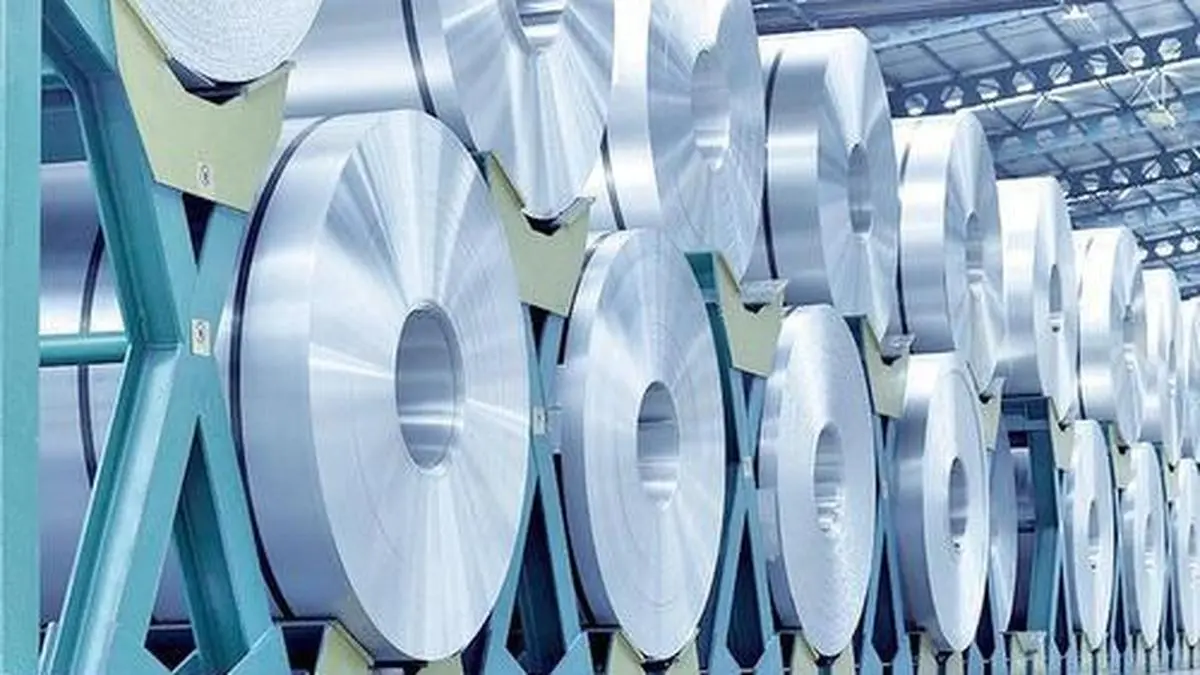
Aluminium, which is used in transportation, packaging, construction, consumer goods and electrical transmission, has been gaining ground of late as the risk of lower supply has returned to the market
| Photo Credit:
istock.com
Aluminium prices are expected to stay elevated over the next few months on hopes of a stronger global growth despite geopolitical uncertainties, driven by demand from the clean energy value chain (solar, wind, grid and EVs), analysts say. Global growth is expected to be driven by demand from the clean energy value chain (solar, wind, grid and EVs).
Concerns about constrained supply have also kept prices firm, and they are set to persist as China is nearing the 45 million tonnes (mt) smelting cap it has set, constraining domestic expansion, said research agency BMI, a unit of Fitch Solutions.
China’s primary aluminium production was up 0.4 per cent year-on-year in October at 3.8 mt, but was down 9 per cent from September, said ING Think, the economic and financial analysis wing of Dutch multinational financial agency ING.
Price forecast
“We are revising up our aluminium price forecast for 2025 to an annual average of $2,600/tonne, from $2,580 previously. Prices have demonstrated resilience in 2025 thus far, up 13 per cent in the year-to-date to $2,859/tonne as of November 14,” said BMI.
Australia’s Office of the Chief Economist (AOCE) said the LME aluminium price is forecast to average around $2,530 a tonne in 2025. On Thursday, aluminium was quoted at $2,810 a tonne on the London Metal Exchange. (LME).
Aluminium, which is used in transportation, packaging, construction, consumer goods and electrical transmission, has been gaining ground of late as the risk of lower supply has returned to the market.
BMI said it sees risks to its forecast as broadly balanced but modestly skewed to the upside for the remainder of the year.
“Although persistent geopolitical risks, soft global demand prospects and tariff headwinds linger as downside risks, we have seen a recent easing of this pressure in recent weeks amid a flurry of trade deals between the US and Asian partners, and broader US‐China de‐escalation,” said the research agency.
End to US shutdown
The end of the US government shutdown on November 12 has renewed market optimism and contributed to a weaker US dollar, adding a further tailwind, it said.
AOCE said growing global demand for new, energy-efficient cars and technologies and increased electrification efforts are expected to lift aluminium demand over the medium term.
BMI said in recent weeks, US President Donald Trump’s slew of Asia-focused trade deals have lifted the sentiment, igniting renewed optimism across the metals complex.
“In particular, the easing of US–China trade tensions on November 1, following the White House announcing plans to cut the fentanyl tariff from 20 per cent to 10 per cent effective November 10, has bolstered risk sentiment and reduced trade‐policy uncertainty, supporting a firmer near‐term outlook for aluminium prices,” it said.
Further dollar weakness, down 8.5 per cent this year, will remain a key tailwind for aluminium prices in the coming months. “The end of the US government shutdown on November 12 contributed to a modest weakening of the dollar and a more optimistic outlook for aluminium prices,” it said.
Tighter market balance
AOCE said improving global manufacturing activity, a massive buildup of renewable energy infrastructure in China, and new US-China and US-EU trade deals have provided recent support to aluminium prices.
BMI said it expects the global aluminium market to move from an estimated 374,000 tonnes deficit in 2024 to a more modest 79,000 tonnes deficit in 2025, a shift from its prior forecast of an 18,000 tonnes surplus.
“The tighter balance reflects a stronger China demand outlook. We have modestly raised our 2025 China aluminium demand growth forecast for the second time this year to 1.7 per cent (from 1.5 per cent previously),” the research agency said.
AOCE said the demand for, and prices of, aluminium, alumina and bauxite (AAB) are expected to remain volatile in the short term. “The rise in aluminium supply is expected to exceed the rise in global demand over the outlook period (to 2029), notwithstanding strong demand for aluminium for energy-efficient cars and technologies. The demand for, and supply of, green aluminium is expected to rise, driven by the need to reduce carbon emissions,” it said.
Published on November 21, 2025
